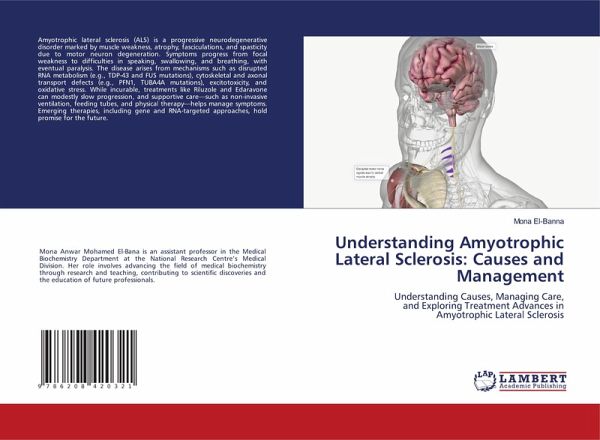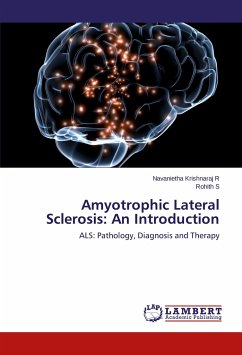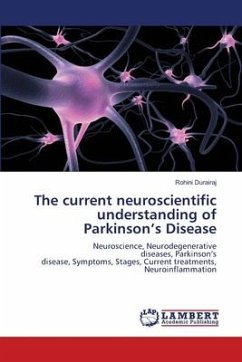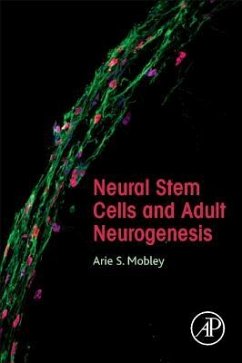
Understanding Amyotrophic Lateral Sclerosis: Causes and Management
Understanding Causes, Managing Care,and Exploring Treatment Advances inAmyotrophic Lateral Sclerosis
Versandkostenfrei!
Versandfertig in 6-10 Tagen
29,99 €
inkl. MwSt.

PAYBACK Punkte
15 °P sammeln!
Amyotrophic lateral sclerosis (ALS) is a progressive neurodegenerative disorder marked by muscle weakness, atrophy, fasciculations, and spasticity due to motor neuron degeneration. Symptoms progress from focal weakness to difficulties in speaking, swallowing, and breathing, with eventual paralysis. The disease arises from mechanisms such as disrupted RNA metabolism (e.g., TDP-43 and FUS mutations), cytoskeletal and axonal transport defects (e.g., PFN1, TUBA4A mutations), excitotoxicity, and oxidative stress. While incurable, treatments like Riluzole and Edaravone can modestly slow progression,...
Amyotrophic lateral sclerosis (ALS) is a progressive neurodegenerative disorder marked by muscle weakness, atrophy, fasciculations, and spasticity due to motor neuron degeneration. Symptoms progress from focal weakness to difficulties in speaking, swallowing, and breathing, with eventual paralysis. The disease arises from mechanisms such as disrupted RNA metabolism (e.g., TDP-43 and FUS mutations), cytoskeletal and axonal transport defects (e.g., PFN1, TUBA4A mutations), excitotoxicity, and oxidative stress. While incurable, treatments like Riluzole and Edaravone can modestly slow progression, and supportive care-such as non-invasive ventilation, feeding tubes, and physical therapy-helps manage symptoms. Emerging therapies, including gene and RNA-targeted approaches, hold promise for the future.














